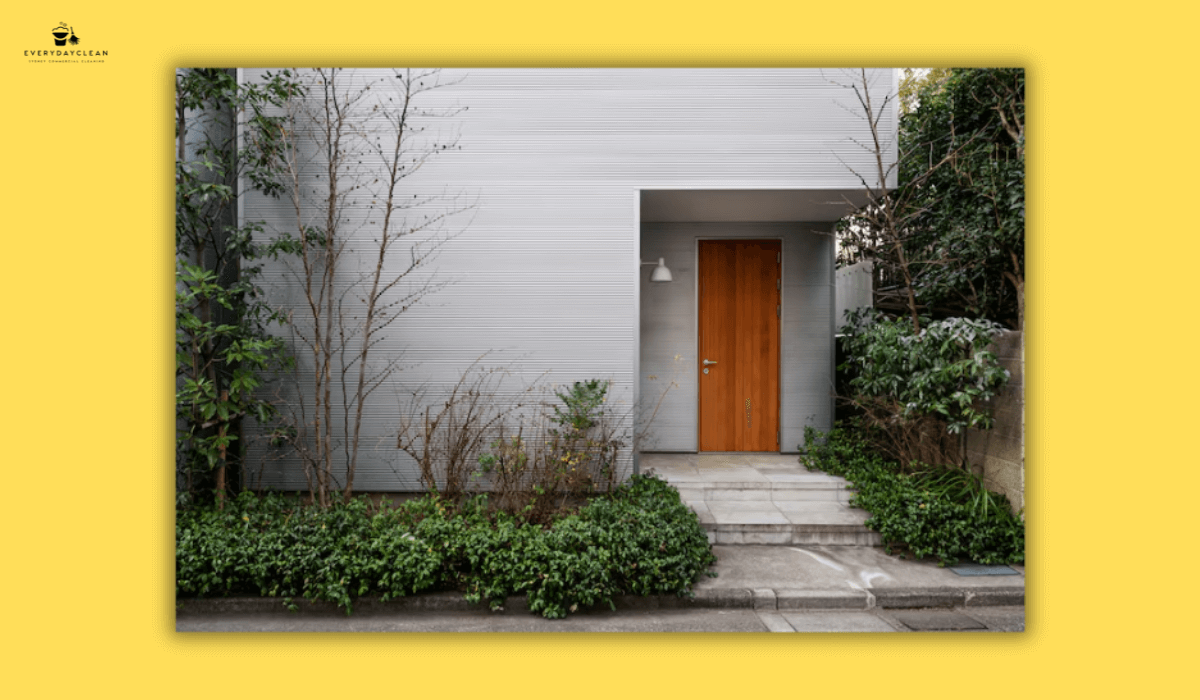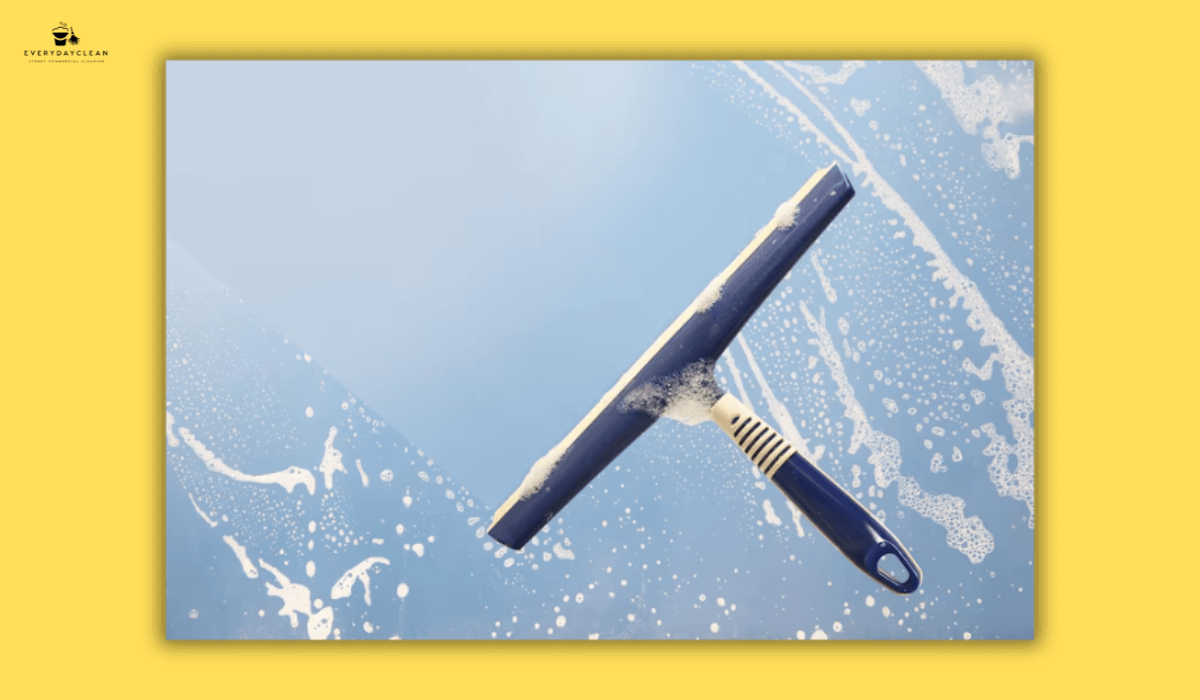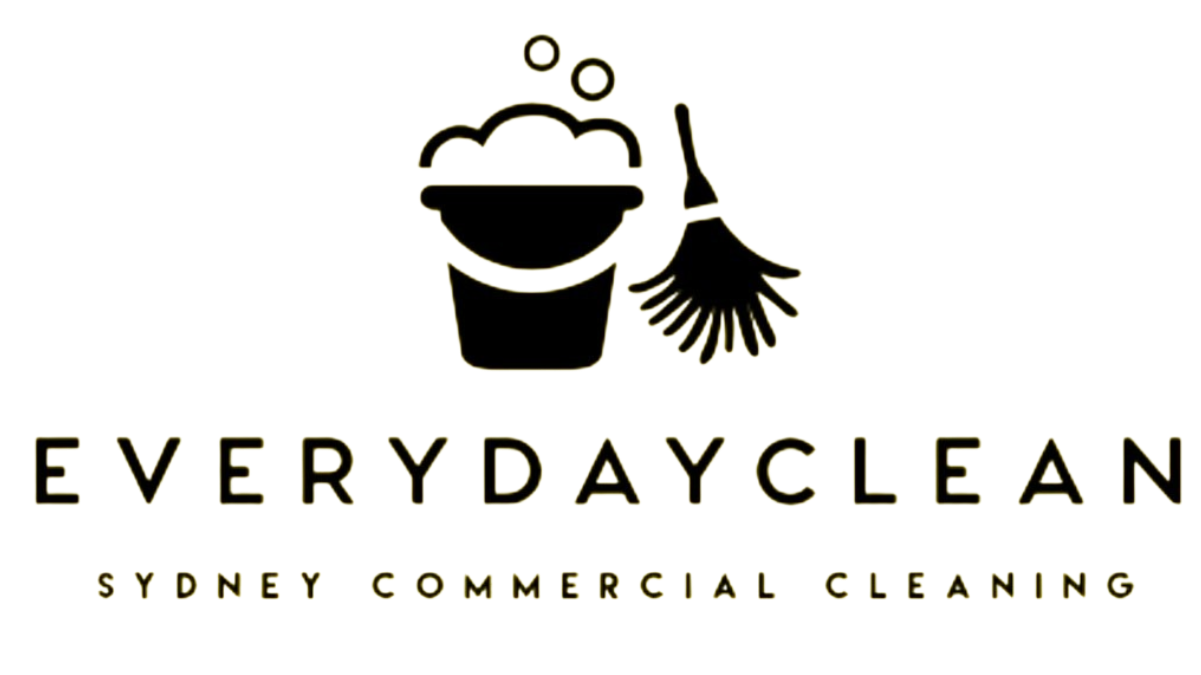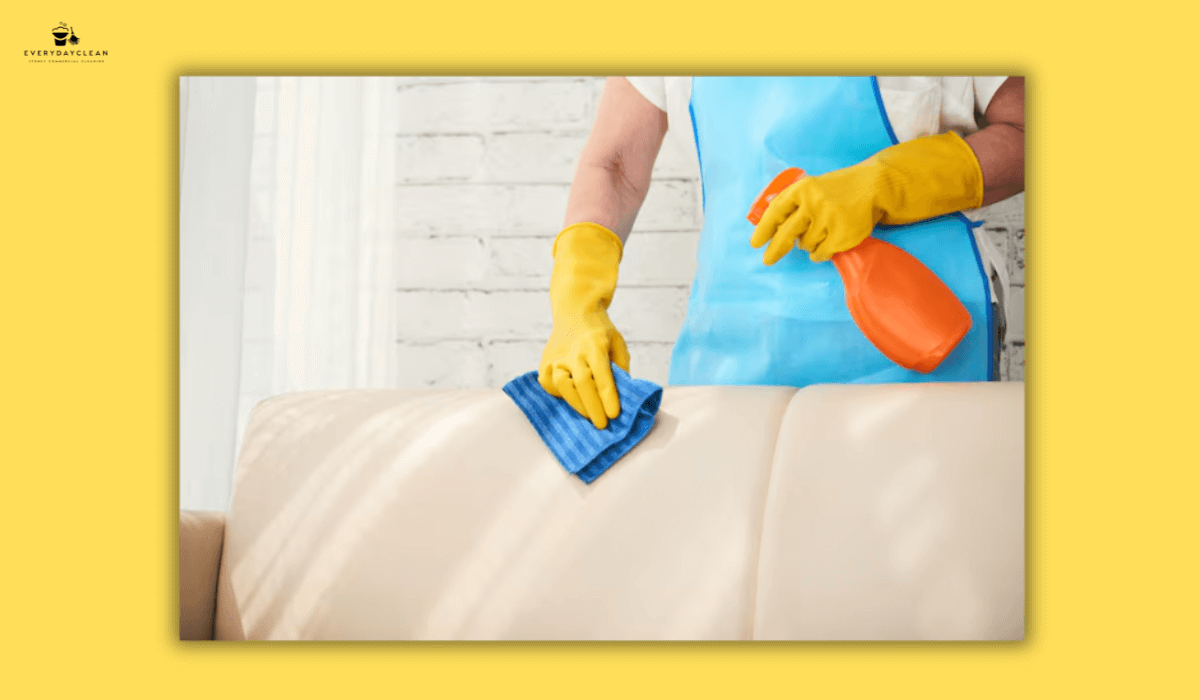8 Things That Need to Be Cleaned When Moving Out
What needs to be cleaned when moving out covers every area that real-estate agents inspect closely: kitchens, bathrooms, walls, floors, windows, and fixtures that collect hidden grime over months or years. Final inspections are strict because accumulated residue inside appliances, cabinets, drawers, window tracks, and high-touch surfaces reveals how well the property has been maintained. Move-out cleaning differs from weekly tidying because agents look for the complete removal of grease, mould, soap scum, dust, stains and odours—not just surface-level cleaning. Meeting these expectations is essential for protecting the bond refund and ensuring a smooth handover.
To help renters and homeowners understand the exact level of detail required, the guide below breaks down the eight key areas that must be cleaned before returning the keys. Each section reflects Australian leasing standards, insights from property managers, and the common issues tenants discuss across local forums, ensuring the checklist aligns with real inspection criteria.
8-Step Move-Out Cleaning Checklist
To make your move stress-free, follow this simple step-by-step checklist that covers everything landlords and agents look for during the final inspection.
1. Clean All Kitchen Surfaces, Appliances and Cabinets
The kitchen is the most scrutinised area during move-out inspections. Every surface must be free from grease, crumbs, stains and residue. Cabinets need to be emptied, wiped inside and out, and degreased where necessary. The oven must be deep-cleaned—including shelves, trays, racks, grill elements, and the oven door glass—because this is one of the most common bond deduction points. Rangehood filters should be degreased, stovetops polished, splashbacks cleaned, and sinks descaled. Refrigerators, microwaves and dishwashers (if provided) require internal and external cleaning. Failing to address minor grease or crumbs often leads to inspection delays or re-clean requests.
2. Deep Clean Bathrooms, Toilets and Showers
Bathrooms require thorough cleaning due to moisture-related buildup. Shower screens must be free from soap scum, hard water stains and streaks. Tiles and grout should be scrubbed to remove mould and residue. Toilets must be completely disinfected—inside the bowl, under the rim, around hinges and the base. Mirrors need to be polished, cabinets cleaned internally, and taps descaled. Ventilation fans should be dusted, as inspectors frequently check them during final walk-throughs. Consistent drying and polishing improve the inspection outcome by ensuring the bathroom looks fresh, hygienic and odour-free.
3. Clean Walls, Baseboards, Doors and Light Switches
Walls accumulate fingerprints, marks and scuffs that need gentle cleaning. Use a mild solution appropriate for painted surfaces and wipe from top to bottom. Baseboards collect dust, pet hair and debris. Doors, frames and handles require targeted wiping, especially around high-touch areas. Light switches, fitting plates and corners should be cleaned carefully to avoid smudging or leaving water trails. These details contribute to the “overall condition” judgment property managers make when evaluating the home.
4. Clean Floors: Carpets, Tiles and Hard Surfaces
Flooring is another priority during move-out inspections. Carpets should be vacuumed thoroughly and steam-cleaned if required by the lease agreement. This removes stains, odours, pet hair and deep-set dust. Tile floors need grout cleaning, as dirt embeds in between tiles over time. Timber, laminate or vinyl flooring must be mopped using an appropriate cleaning solution to avoid streaking or swelling. Inspectors always check corners, edges and areas beneath movable furniture, so these must be cleaned thoroughly.

5. Clean Windows, Tracks, Blinds and Screens
Window cleaning extends beyond the glass surface. Tracks collect dust, insects, sand and debris and must be brushed and wiped clean. Blinds—especially Venetian and roller blinds—gather dust along edges and slats. Flyscreens need to be removed gently and washed. Accessible exterior windows should be cleaned without streaks, while interior windows should be polished using microfiber cloths. Window areas significantly influence the landlord’s perception of how well the tenant cared for the property. For trusted techniques on tackling exterior glass safely and effectively, refer to our step‑by‑step guide on how to clean outside windows.
6. Clean Bedrooms, Living Areas and Storage Spaces
Built-in wardrobes, drawers, shelving and cabinets need to be emptied and wiped inside and out. Ceiling corners, walls, skirting boards and mirrors should be dusted and cleaned. Carpet edges must be vacuumed properly. In living areas, built-in units, entertainment cabinetry, and shelving must be wiped thoroughly. Removing cobwebs, dust, and smudges ensures the rooms pass inspection easily. These areas may look superficially clean, but hidden dust often leads to re-clean notices.
7. Clean Laundry Rooms, Utility Areas and Appliances
Laundry spaces often contain lint, detergent residue and moisture stains. Sinks should be scrubbed and taps descaled. Washing machine areas require a check for mould around seals, and hoses should be wiped. Dryer lint traps must be emptied and cleaned. Utility cupboards, hot water system cupboards and other service spaces need sweeping, wiping and decluttering. These areas are commonly overlooked, but property managers check them carefully because they indicate cleanliness and discipline.
8. Clean Outdoor Areas, Balconies, Garages and Entryways
Outdoor areas form part of the final condition report. Balconies should be swept, washed and cleared of stains or debris. Outdoor glass panels need wiping. Garages should be swept, cobwebs removed, and oil stains treated where possible. Entryways should be cleaned to ensure the first impression is positive. Outdoor bins must be empty and clean. Garden areas, if included in the lease, should be tidy and free of rubbish.

What to Ask Professional Cleaners Before Booking a Move-Out Clean
Many tenants choose professional cleaners to meet real estate standards. Knowing the right questions to ask helps ensure the service meets inspection requirements and protects the bond.
When hiring professional cleaners, ask whether their service follows a REINSW (Real Estate Institute of New South Wales) or standard Australian move-out checklist. Confirm if oven cleaning, rangehood cleaning, blinds, windows, tracks and carpet steam cleaning are included, as these areas are often excluded or charged separately. Ask about their bond-back guarantee, meaning they return for free if the real estate agent requests a re-clean. Clarify whether eco-friendly products are used, what areas they do not cover, and how long the cleaning will take. Professional transparency ensures a smooth final inspection and protects the tenant from surprise fees or bond reductions.

FAQs About What Needs to Be Cleaned When Moving Out
Before we answer the questions, let’s take a quick look at the key areas that typically require cleaning when moving out.
What does “broom clean” mean when moving out?
“Broom clean” describes a minimal level of cleanliness where floors are swept and surfaces are wiped to remove visible debris. However, broom cleaning does not meet Australian end-of-lease expectations. Landlords expect a deeper clean that includes appliances, bathrooms, cupboards, walls, windows and floors. Most tenants misunderstand this term, assuming a general tidy is enough. In practice, broom cleaning is more commonly used in home sales than in rental agreements. To avoid bond disputes, the property must be cleaned far beyond broom-clean standards.
What cleaning supplies are needed for a move-out clean?
Move-out cleaning requires a wide range of supplies because every room needs detailed attention. Essential products include microfiber cloths, degreaser, oven cleaner, tile cleaner, grout brush, disinfectant, glass cleaner, mop, broom, vacuum and a bucket. Tools such as scrapers, non-scratch pads, window track brushes and lint-free cloths help in harder areas. Tenants with pets may also need odour removers or enzymatic cleaners. Having the correct supplies makes it easier to meet real estate standards without leaving behind missed areas that lead to re-clean requests.
How to clean carpets for an end-of-lease inspection?
Carpet cleaning starts with deep vacuuming, followed by steam cleaning if required by the lease. Steam cleaning removes stains, embedded dust, pet hair and odours that regular vacuums cannot reach. Many agents require a professional receipt for validation. Pay special attention to high-traffic areas, corners and edges where dirt collects. If pets lived in the property, additional sanitizing or flea treatment may be required. Ensuring carpets dry properly after cleaning prevents mould and odour issues that could delay inspection approval.
How to clean walls and baseboards before moving out?
Walls must be wiped with a gentle cleaner suitable for paint surfaces. Focus on doorways, switch zones, hallway corners and children’s play areas, as these collect the most marks. Baseboards accumulate dust and require vacuuming before wiping. Avoid harsh scrubbing pads that remove paint. Marks that cannot be removed may need to be reported to the agent, but most superficial scuffs can be cleaned with the correct technique. Clean, bright walls create a positive impression during inspection.
What needs to be cleaned outside when moving out?
Balconies, patios, garages, entryways and outdoor windows must be cleaned thoroughly. Sweep floors, remove leaves, clean railings, wipe outdoor glass and remove cobwebs. Clear rubbish and ensure bins are empty. Oil spots in garages may require stain remover. Outdoor areas demonstrate overall care for the property, and dirty exteriors can trigger re-clean notices even if the interior is spotless.
How to document cleaning for the landlord?
Documenting cleaning protects against disputes. Take high-resolution, date-stamped photos of all rooms, appliances, window tracks, cabinets and flooring. Keep receipts for professional steam cleaning, pest control or maintenance repairs. Recording the final condition helps prevent unfair claims and supports tenants if the bond review goes to the tribunal.
Final Thoughts
Understanding what needs to be cleaned when moving out helps tenants complete a thorough, standards-aligned final clean that satisfies landlords and agents. A structured checklist ensures no room or fixture is missed and gives the best chance of receiving the full bond back. Whether cleaning personally or hiring a professional, booking a move-out cleaning service can ensure your property meets inspection standards and maximizes your bond refund.
About the Author
At
Everyday Clean, we believe a clean space should feel good, not complicated. With over 20 years of experience, our team has learned what truly matters to customers: reliability, honesty, and results you can see. We share practical cleaning tips and real-world advice to help you care for your home or workplace with confidence. Every guide we write comes from everyday experience—what works, what doesn’t, and how to make cleaning simpler for everyone.
You might also like
Blog



